
How to Use Jack DC Female: Examples, Pinouts, and Specs
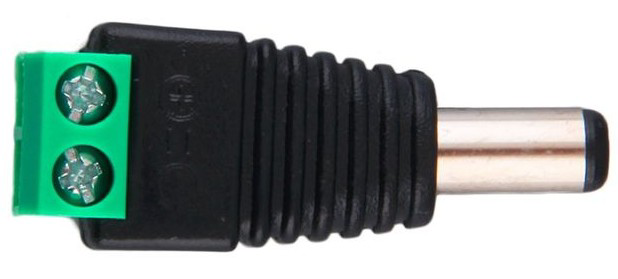
 Design with Jack DC Female in Cirkit Designer
Design with Jack DC Female in Cirkit DesignerIntroduction
A DC female jack is a widely used connector designed to receive power from a DC power source. It typically features a cylindrical shape with a central pin for positive voltage and a surrounding sleeve for ground. This component is commonly found in power supply circuits for electronic devices, allowing for easy and secure connections to DC power adapters.
Explore Projects Built with Jack DC Female
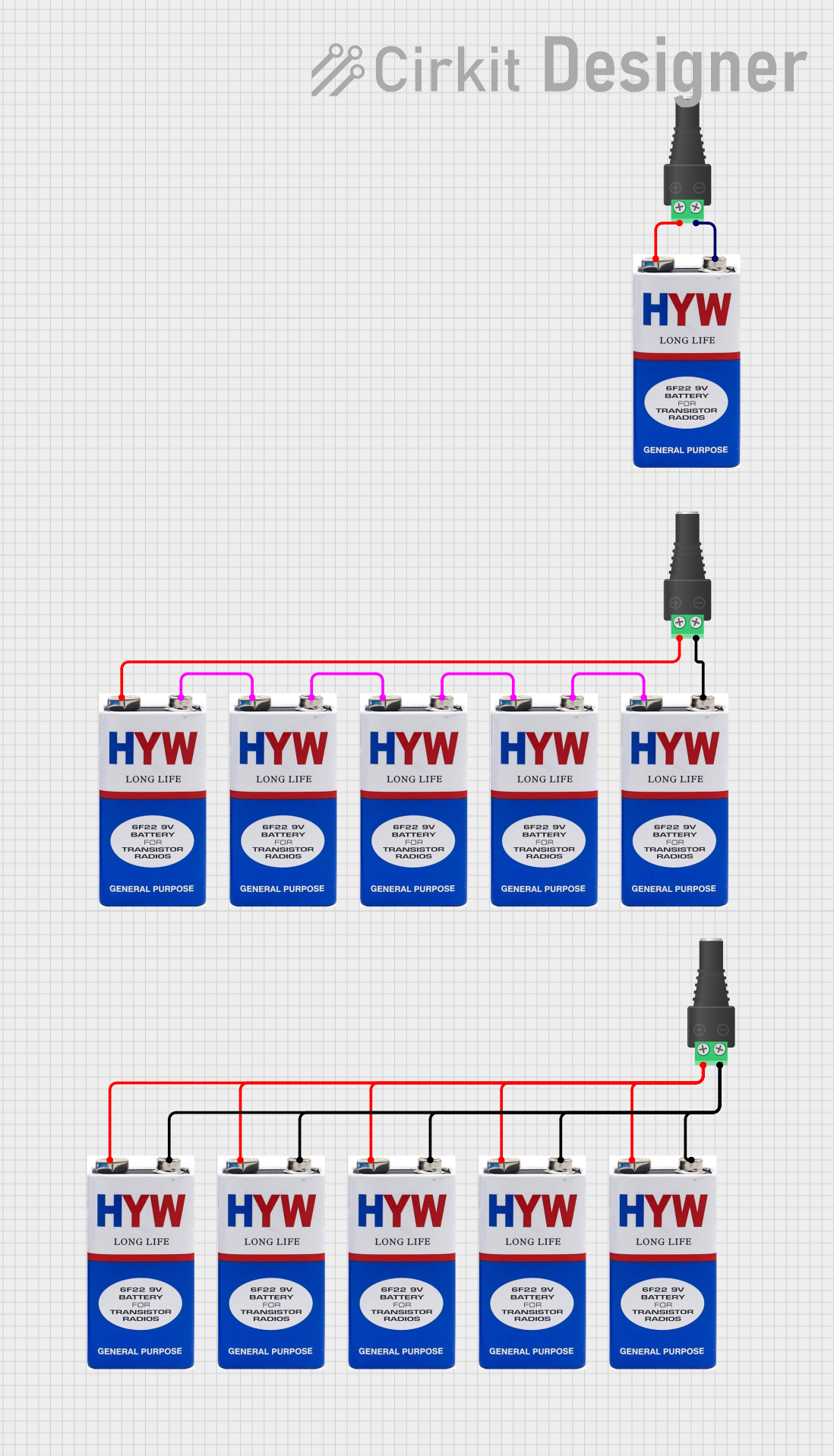
 Open Project in Cirkit Designer
Open Project in Cirkit Designer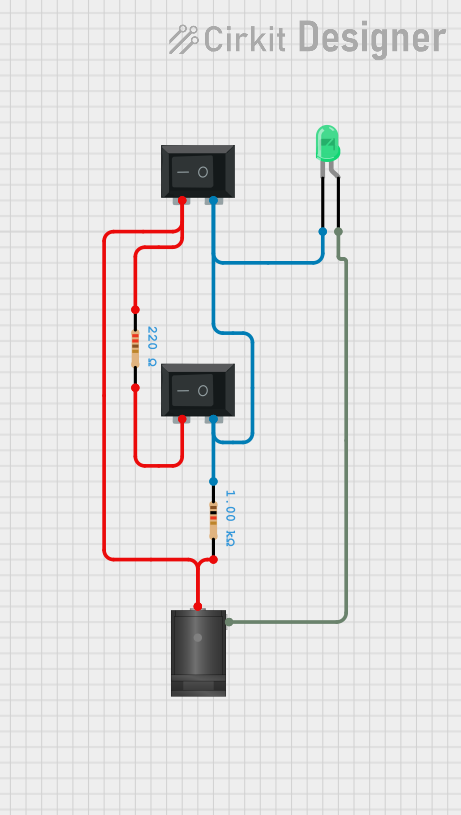
 Open Project in Cirkit Designer
Open Project in Cirkit Designer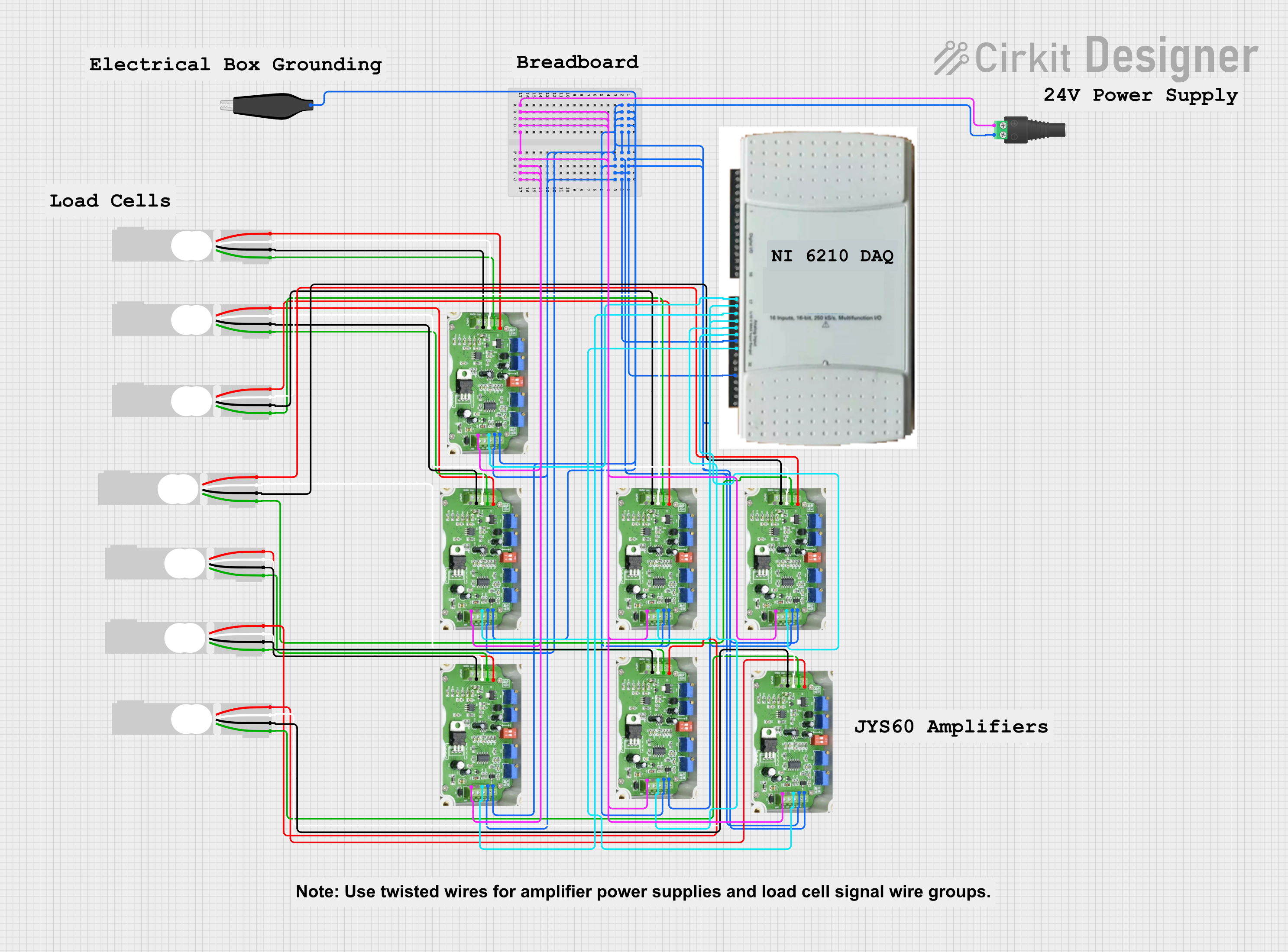
 Open Project in Cirkit Designer
Open Project in Cirkit Designer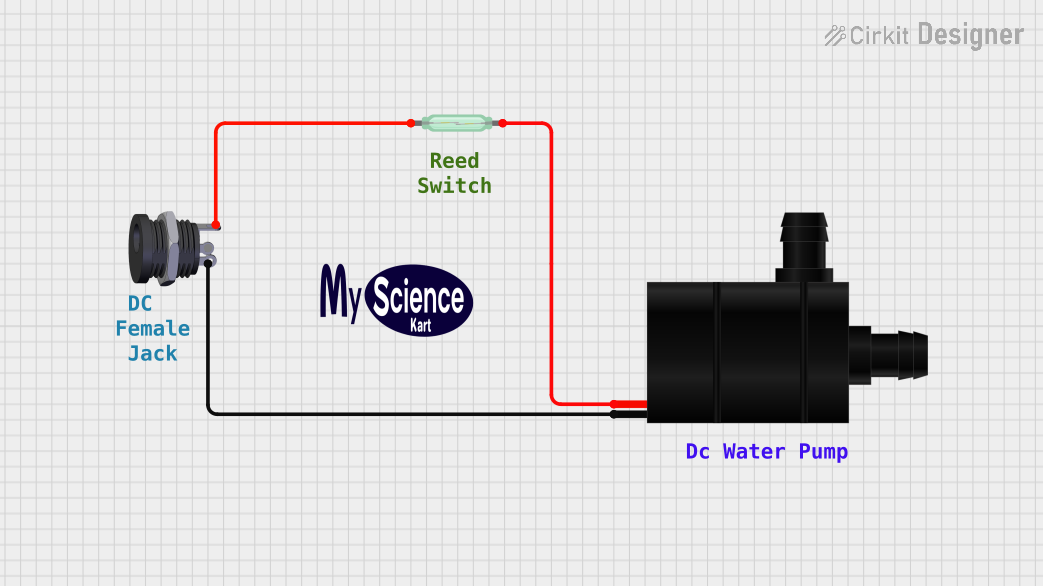
 Open Project in Cirkit Designer
Open Project in Cirkit DesignerExplore Projects Built with Jack DC Female

 Open Project in Cirkit Designer
Open Project in Cirkit Designer
 Open Project in Cirkit Designer
Open Project in Cirkit Designer
 Open Project in Cirkit Designer
Open Project in Cirkit Designer
 Open Project in Cirkit Designer
Open Project in Cirkit DesignerCommon Applications and Use Cases
- Powering small electronic devices such as Arduino boards, Raspberry Pi, and sensors.
- Providing a reliable connection for DC power adapters in consumer electronics.
- Used in DIY electronics projects for powering circuits.
- Commonly integrated into enclosures for powering portable devices.
Technical Specifications
Below are the key technical details and pin configuration for a standard DC female jack:
Key Technical Details
| Parameter | Value |
|---|---|
| Voltage Rating | Typically 12V to 24V (varies by model) |
| Current Rating | 1A to 5A (varies by model) |
| Connector Type | Cylindrical, female |
| Pin Polarity | Central pin: Positive (+), Sleeve: Ground (-) |
| Mounting Style | Panel mount or PCB mount |
| Material | Plastic housing with metal contacts |
| Dimensions | Varies (e.g., 5.5mm outer diameter, 2.1mm inner pin) |
Pin Configuration and Descriptions
| Pin Name | Description |
|---|---|
| Central Pin | Positive voltage input (+) |
| Sleeve | Ground connection (-) |
| Optional Tab | Mechanical support or additional ground connection (varies by model) |
Usage Instructions
How to Use the Component in a Circuit
- Identify the Polarity: Ensure the central pin of the DC female jack is connected to the positive voltage (+) and the sleeve is connected to the ground (-).
- Mounting: If using a panel-mount jack, secure it to the enclosure using the provided nut. For PCB-mount jacks, solder the pins to the PCB pads.
- Wiring: Use appropriate gauge wires for the current rating of your circuit. Solder the wires to the jack's pins, ensuring proper polarity.
- Testing: Before connecting the jack to your circuit, test the voltage and polarity using a multimeter to avoid damage to your components.
Important Considerations and Best Practices
- Voltage and Current Ratings: Ensure the DC jack can handle the voltage and current requirements of your circuit.
- Polarity Check: Always verify the polarity of the power source before connecting it to the jack.
- Secure Connections: Use heat shrink tubing or electrical tape to insulate soldered connections and prevent short circuits.
- Avoid Overloading: Do not exceed the current rating of the jack to prevent overheating or damage.
Example: Connecting a DC Female Jack to an Arduino UNO
Below is an example of how to connect a DC female jack to an Arduino UNO for powering the board:
- Solder the positive pin of the DC jack to the VIN pin of the Arduino.
- Solder the ground pin of the DC jack to the GND pin of the Arduino.
- Connect a 9V or 12V DC adapter to the jack.
Sample Code for Testing Power Supply
// This code tests if the Arduino is receiving power by blinking the onboard LED.
// The LED is connected to pin 13 on most Arduino boards.
void setup() {
pinMode(13, OUTPUT); // Set pin 13 as an output pin
}
void loop() {
digitalWrite(13, HIGH); // Turn the LED on
delay(1000); // Wait for 1 second
digitalWrite(13, LOW); // Turn the LED off
delay(1000); // Wait for 1 second
}
Troubleshooting and FAQs
Common Issues Users Might Face
No Power to the Circuit:
- Cause: Incorrect polarity or loose connections.
- Solution: Verify the polarity of the power source and ensure all connections are secure.
Overheating of the Jack:
- Cause: Exceeding the current rating of the jack.
- Solution: Use a jack with a higher current rating or reduce the load on the circuit.
Intermittent Power Supply:
- Cause: Poor soldering or loose mechanical connections.
- Solution: Re-solder the connections and ensure the jack is securely mounted.
Short Circuit:
- Cause: Exposed wires or incorrect wiring.
- Solution: Insulate all connections and double-check the wiring.
FAQs
Q: Can I use a DC female jack with a higher voltage power supply?
A: Yes, as long as the voltage does not exceed the jack's rated voltage and your circuit components can handle the higher voltage.
Q: How do I determine the size of the DC jack I need?
A: Measure the outer diameter and inner pin diameter of your DC adapter plug to ensure compatibility with the jack.
Q: Can I use a DC female jack for AC power?
A: No, DC jacks are designed specifically for DC power and should not be used with AC power sources.
Q: What is the difference between a 2.1mm and 2.5mm DC jack?
A: The difference lies in the inner pin diameter. A 2.1mm jack has a smaller pin than a 2.5mm jack, and they are not interchangeable.